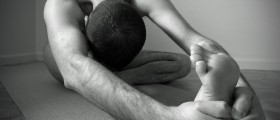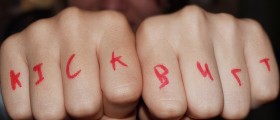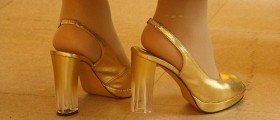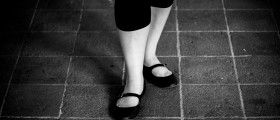Charlie horse is a colloquial term for muscle cramps that usually affect the leg and the foot, especially after physical activity such as long distance running, tennis, soccer or swimming. It is characterized by sudden, intense pain that is caused by involuntary muscle contractions. Other names for this type of muscle spasms are dead leg, corky, chopper or granddaddy.
Symptoms of Charlie horse
Basically, the only symptom of Charlie horse is pain that occurs because one or more muscles are contracting. The pain usually affects muscles that cross two joints, like calves, hamstring and quadriceps.
The pain is sudden and severe and it often happens at night, after a day of strenuous physical activity. Even though Charlie horse is relatively short and rarely lasts for more than just a few minutes, that short time seems like eternity because the pain is usually very intense.
Treatment for Charlie horse
A person who is affected by Charlie horse logically wants to relieve the pain as soon as possible. Fortunately, that can be done quickly and easily, without even having to get out of the bed, let alone to drive to a drugstore to pick up pain killers. The solution for Charlie horse is rather simple - all it takes is to stretch the affected muscle or muscle group.
If the Charlie horse is in the calf or other part of the lower leg, it is best to straighten up the leg and gently pull back the foot, pulling by the toes. This position should be held until the cramp is gone. A similar technique should be applied on other affected muscles.
However, it is important not to pump the foot or to pull it violently while trying to stretch the leg. It will only worsen the cramp and make the pain even worse. Stretching should be slow, gentle but steady.
It also helps to massage the affected muscles after the Charlie horse is gone. Heat pads, warm baths and showers will relax and soothe the muscles and help them go back to their natural state. Heat should not be applied for a long time because it will make the blood vessels expand and worsen the problem.
If Charlie horse occurs during an activity, it should be stopped immediately. The muscle should be gently stretched and massaged until the cramping subsides.
After the cramp is gone, there still may be some soreness. In that case, it is recommended to use non-steroidal anti-inflammatory analgesics.
If the cramp cannot be relieved by stretching and massaging, it may be required to see a doctor, who will, most likely, prescribe antispasm medications. This, however, does not happen very often.

















Your thoughts on this
Loading...